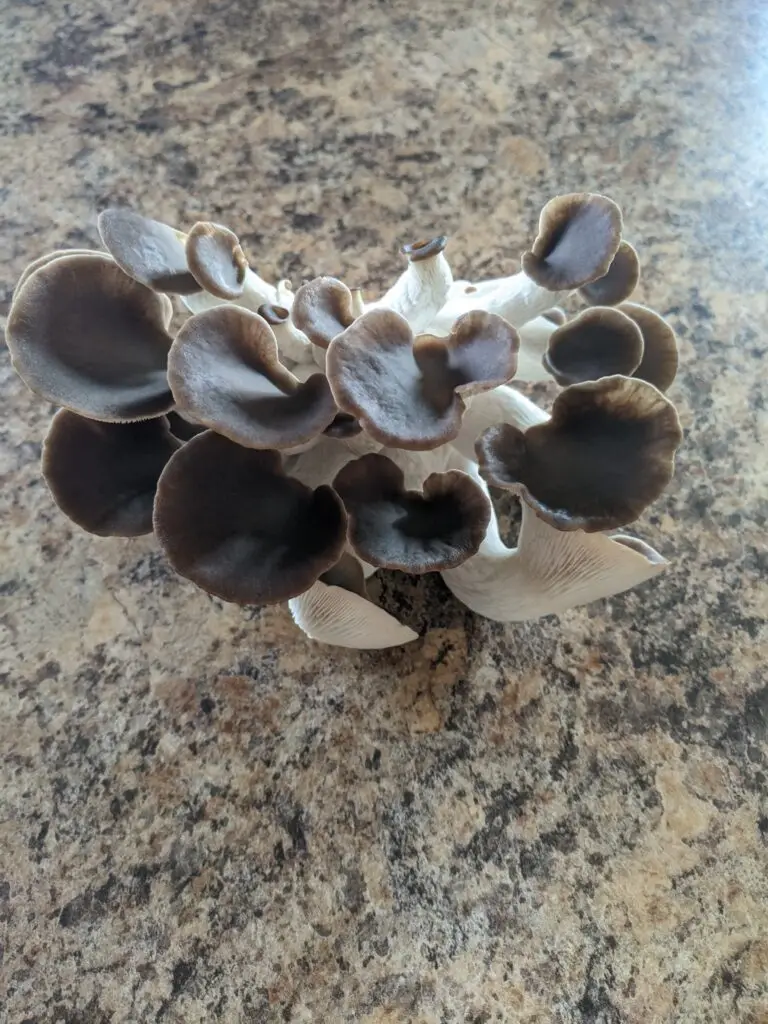
Phoenix Oyster Mushroom: A Complete Guide to the 10cc Liquid Culture Syringe
If you’re passionate about gourmet mushrooms or just starting your

Mushrooms are more than just fascinating organisms that sprout from the ground. Beneath the soil, a hidden world exists where mushrooms and fungi communicate, share resources, and even warn each other of danger. The secret language of Fungi. This underground network, often referred to as the “Wood Wide Web,” functions much like the internet, allowing fungi to send signals and exchange nutrients with plants, trees, and other fungi. But how do mushrooms “talk” to each other?
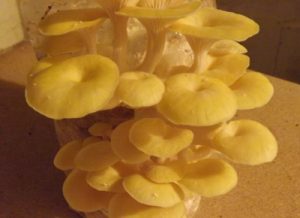
In this blog, we’ll explore the science behind mushroom communication, how fungi interact with their surroundings, and why this hidden fungal network plays a crucial role in global ecosystems.
At the heart of mushroom communication is mycelium, the underground network of thread-like structures (hyphae) that fungi use to spread and connect with plants. This network acts as a biological superhighway, allowing mushrooms to “talk” to each other through electrical signals and chemical exchanges.
Much like neurons in the human brain, the mycelial network processes and transmits information, making fungi one of nature’s most intelligent organisms.
According to researchers at the University of Exeter, fungi can generate electrical impulses similar to nerve signals in animals. (Source)
Scientists have discovered that fungi generate electrical signals in patterns that resemble human speech and neural activity. Using electrodes, researchers have measured electrical pulses traveling through fungal networks, suggesting that fungi exchange information within their environment.
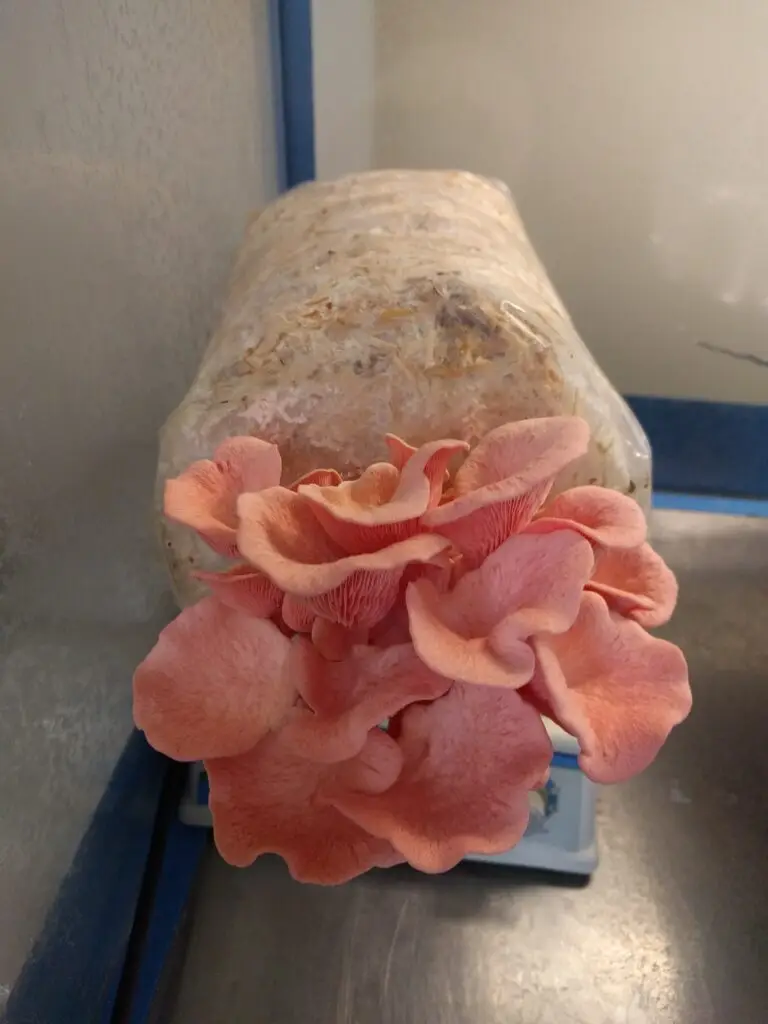
These impulses may help mushrooms detect environmental changes, such as the presence of nutrients, toxins, or even threats from predators like insects.
A 2022 study found that certain fungi generate complex electrical activity, with signals forming “words” in a fungal language. (Source)
Aside from electrical signals, mushrooms communicate using chemical exchanges. Through volatile organic compounds (VOCs) and enzymes, fungi can:
This ability to communicate chemically helps mushrooms adapt to environmental conditions and form stronger relationships with their surroundings.
Fungi play a critical role in forest ecosystems by forming symbiotic relationships with trees and plants. This partnership is called mycorrhizal symbiosis, where fungi attach to plant roots and facilitate nutrient exchange. This is The secret language of Fungi.
Through the mycelial network, trees and fungi trade essential nutrients, such as:
This relationship benefits both parties, allowing trees to thrive in nutrient-poor soil while providing fungi with the energy they need to grow.
Research shows that trees can even send distress signals through fungal networks when under attack by pests or disease. (Source)
The mycelial network ensures that nutrients are distributed efficiently across forests. This supports biodiversity and helps trees survive during environmental stress.
Fungi play a crucial role in carbon sequestration. Mycelial networks store carbon in the soil, preventing excess CO₂ from entering the atmosphere.
By warning trees of potential threats, fungal communication systems act as a natural defense mechanism, increasing the resilience of entire ecosystems.
The discovery of fungal communication has led to new research on using mushrooms for ecological restoration, such as rebuilding forests and cleaning up toxic waste. (Source)
The idea of fungal intelligence is gaining traction in scientific communities. Some researchers believe that mycelial networks function as a biological brain, processing environmental information and making complex decisions.
While fungi don’t “think” in the way humans do, their ability to learn from their environment, communicate across large distances, and respond to stimuli suggests an advanced level of intelligence in nature. Amazing, The secret language of Fungi.
“Fungi have been on Earth for over a billion years, evolving sophisticated systems to navigate the environment.” – Paul Stamets, Mycologist (Source)
Scientists are using artificial intelligence (AI) to decode electrical impulses in fungi, attempting to translate their “language” into human-readable patterns.
Engineers are developing biological computers using fungal networks, exploring how mushroom communication could inspire new forms of computing.
Research into fungal communication is unlocking potential medical breakthroughs, such as using mushrooms to treat neurological disorders.
A study on lion’s mane mushrooms found that compounds in fungi could stimulate nerve regeneration. (Source)
As our understanding of mushroom communication grows, the possibilities are endless. Future research could lead to breakthroughs in The secret language of Fungi.
The hidden language of mushrooms is a testament to the intelligence of nature. While we are just beginning to unravel the mysteries of fungal communication, one thing is clear: mushrooms are more connected to the world than we ever imagined.
To learn more about the fascinating world of mushroom communication, check out these authoritative sources:
Mushrooms are far more than simple fungi growing in the forest—they are part of an intelligent biological network that sustains life on Earth. Through electrical impulses, chemical signals, and nutrient-sharing, mushrooms communicate in ways that scientists are only beginning to understand.
As research advances, we may one day unlock the full potential of fungal intelligence, using mushrooms to revolutionize medicine, computing, and ecology. Until then, the secret language of fungi remains one of nature’s most intriguing mysteries. Also visit https://thesporedepot.com/ for all your mycology needs.
#MushroomCommunication #FungiNetwork #Mycelium #WoodWideWeb #FungiIntelligence #MushroomsTalk

If you’re passionate about gourmet mushrooms or just starting your
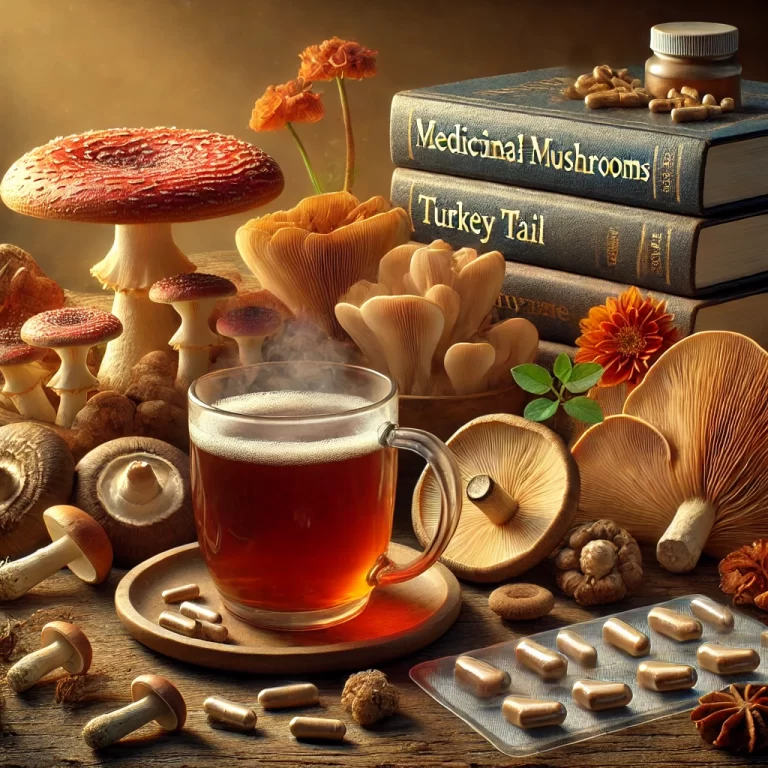
Mushrooms have long been revered in traditional medicine, but modern
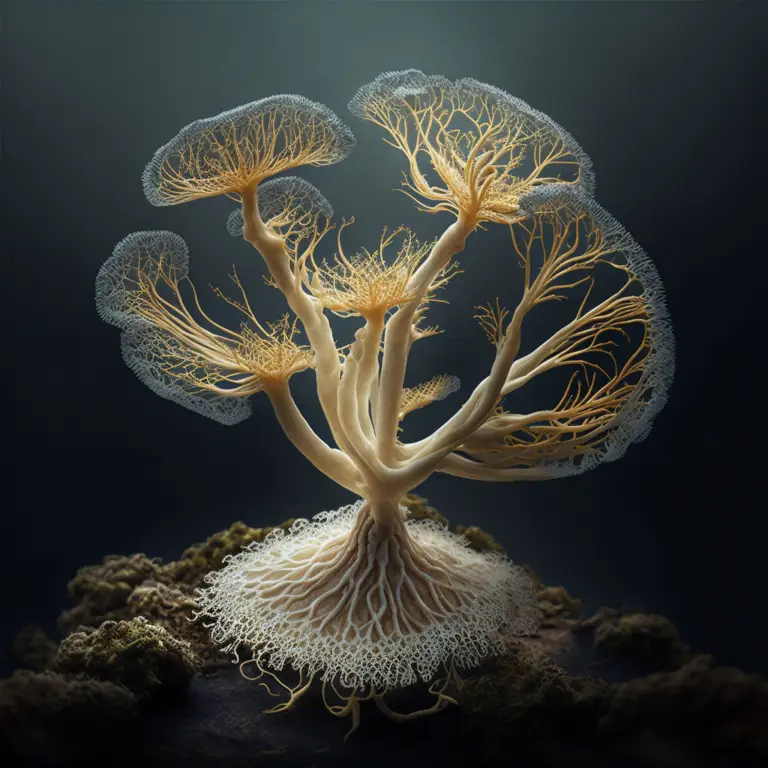
When most people think of mushrooms, they imagine small fungi

Mushrooms are more than just fascinating organisms that sprout from

Stay updated with our newsletter for exclusive offers, insights, and the latest in psilocybe cubensis research.

At The Spore Depot, we are dedicated to providing the highest quality psilocybe cubensis mushroom spores for research purposes. With an extensive selection of mushroom spores, our products meet the strictest quality standards, ensuring they are prepared under sterile conditions for optimal results. Whether you’re working with a spore syringe or creating a spore print for detailed analysis, we are committed to supporting your journey into the microscopic world.
Our exceptional contact customer service is here to assist you every step of the way, making sure your experience with psilocybe cubensis spores is both rewarding and insightful. At The Spore Depot, your satisfaction is our top priority as you explore the fascinating world of fungi.